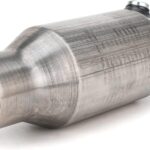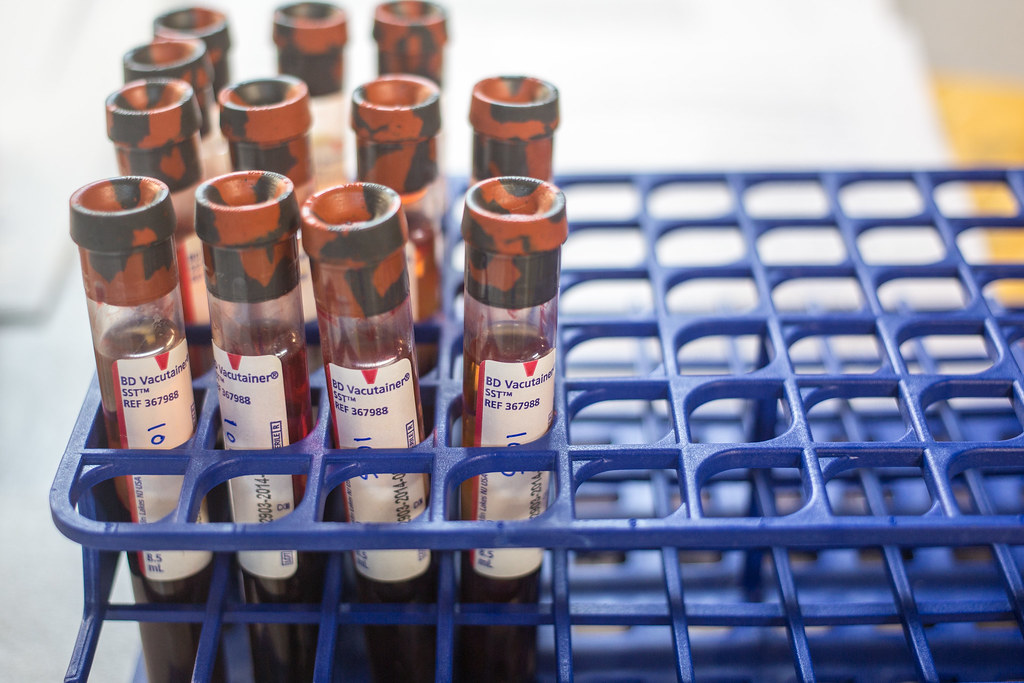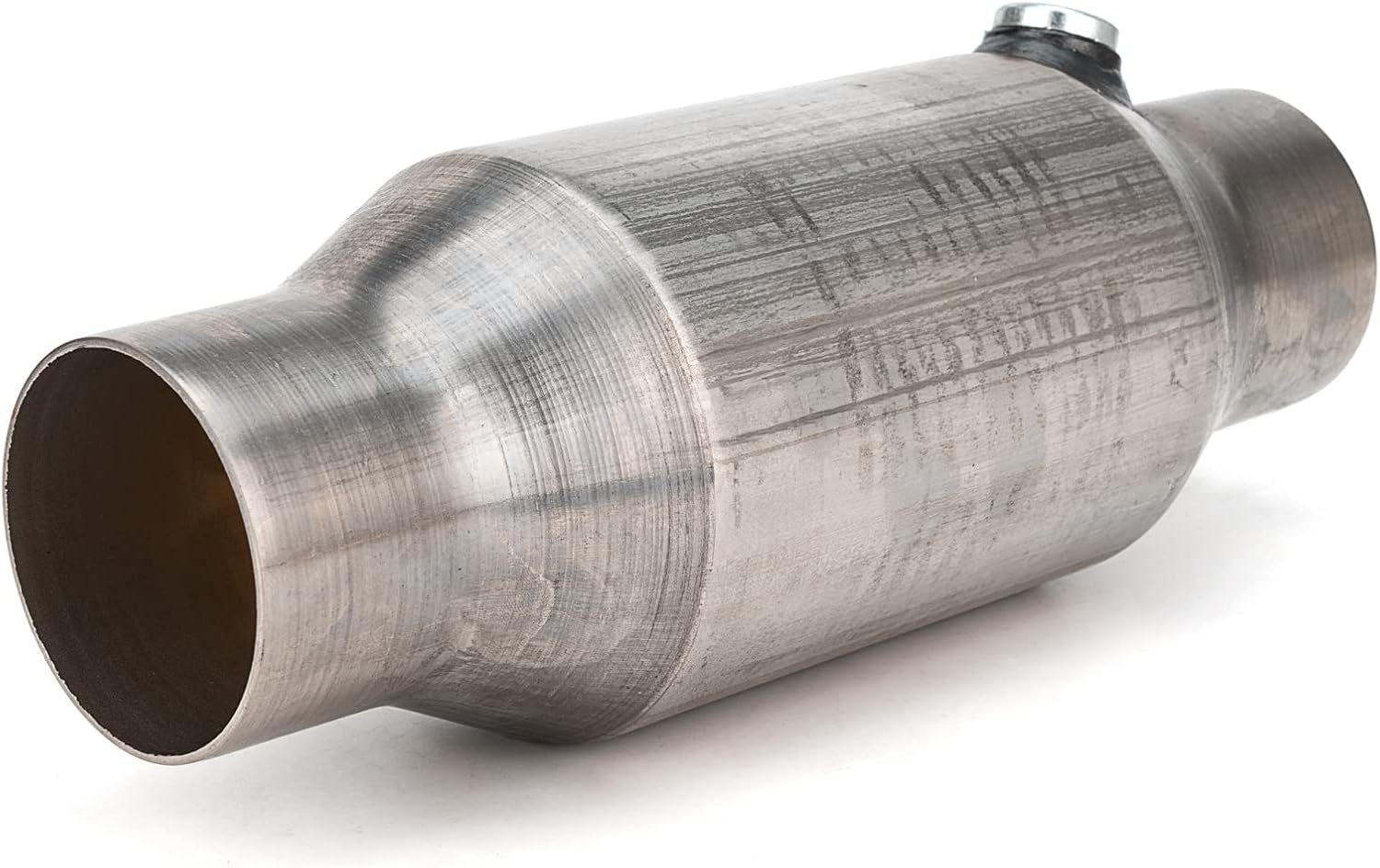Table of Contents
ToggleIntroduction
Serum Separator Tubes (SST) serve as blood test collection vessels for most patients who receive this medical procedure. Serum separator tubes represent essential medical diagnostic tools that assist doctors in examining blood components for health condition analysis. Serum separator tubes constitute an essential medical component which requires explanation of their basic functions.
This guide provides complete information about SST including their functions and advantages and their operational principles. This article contains important medical testing knowledge which serves both medical professionals and students alongside people who show interest in the field.
The Serum Separator Tube stands as a vital component used for blood collection procedures.
What is a serum separator tube?
The serum separator tube (SST) functions as a blood collection device which utilizes a gel barrier to separate blood cells from serum. The tubes consist of glass or plastic materials that include both clot activators and gel separators which assist centrifugation-based separation processes.
Serum Separator Tubes possess three essential characteristics including a clot activator and a gel separator with standardized tube colors.
Key features:
- Clot Activator: Promotes faster clotting of the blood.
- Gel Separator: Forms a barrier between the serum and blood cells after centrifugation.
- The tube operates through sterility and safety features which produce precise uncontaminated specimen collection.
- SST bear standardized color identifiers which can be recognized by their gold or tiger-top (red/gray) caps.
How Does a Serum Separator Tube Work?
Users can perform the SST procedure successfully through a straightforward method. Here’s how it works:
- A healthcare professional performs blood collection by drawing blood into the SST.
- The clot activator in the tube enables blood to clot between 15 to 30 minutes.
- Placing the tube inside a centrifuge allows the execution of high-speed spinning at 1,300-2,000 g for 10-15 minutes.
- The gel separator within the tube travels from the blood clot to clear serum during the separation process.
- The laboratory uses the clear yellow portion at the surface of the blood sample as serum.
The serum remains blood cell-free through this process which produces accurate test outcomes.
Uses of Serum Separator Tubes in Medical Testing
Medical and research facilities together with hospitals along with clinical laboratories depend on serum separator tubes for conducting a wide range of blood tests. Some common applications include:
Routine Blood Tests
Medical professionals depend on SSTs to perform complete metabolic panels (CMP) and lipid profiling and liver function analysis for health assessment.
Hormone & Endocrine Testing
The measurement of hormone levels by doctors depends on serum samples that they analyze for:
- Thyroid function tests (TSH, T3, T4)
- Testosterone and estrogen levels
- Cortisol levels for adrenal function
Infectious Disease Testing
The detection of HIV and Hepatitis B & C infections along with syphilis relies on serum sample analysis.
Cardiac & Lipid Profile Testing
Patients require serum separator tubes for blood tests that monitor cholesterol levels and triglycerides and heart disease indicators such as troponin and BNP.
Autoimmune & Allergy Testing
Medical investigations to detect rheumatoid arthritis (RA), lupus and food allergies employ serum as the testing medium.
Benefits of Using Serum Separator Tubes
Healthcare providers along with patients benefit from SST through multiple advantages in clinical practice.
Improved Sample Quality
The gel separator maintains uncontaminated results through its ability to separate blood cells from serum.
Faster Processing & Reduced Errors
The clot activator present in serum separator tubes allows laboratories to process blood samples more quickly leading to shorter test result delays.
Enhanced Stability & Storage
Extended testing and storage become possible because serum samples demonstrate longer stability when compared to plasma samples.
Reduced Hemolysis Risk
Hemolysis which involves red blood cell destruction will create false results in laboratory tests. Through their efficient cell-serum separation method SSTs create a solution that minimizes this problem.
Convenient & Cost-Effective
SST eliminate the requirement for multiple tubes so blood collection becomes simpler and less expensive.
Serum Separator Tubes vs. Other Blood Collection Tubes
There are different types of blood collection tubes, each serving a specific purpose. Here’s how SSTs compare to other tubes:

The biochemical and serological testing environment favors SST tubes because they offer the most efficient performance.
Proper Handling & Storage of Serum Separator Tubes
The correct handling of SST results in precise test outcomes. Here are some best practices:
Proper Blood Collection
- A clean technique during venipuncture prevents the release of blood cells that cause hemolysis.
- To avoid dilution errors complete the tube with blood until it reaches the designated fill line.
Allow Sufficient Clotting Time
The blood needs to clot at room temperature between 15 and 30 minutes before beginning centrifugation.
Correct Centrifugation
- The tube requires a centrifugation speed of 1,300-2,000 g with an operation time of 10-15 minutes.
- The process of centrifugation should be limited to avoid damaging the quality of serum samples.
Proper Storage
- Keep the serum between 2-8 degrees Celsius for its limited use period.
- Freezing serum at temperatures below -20°C provides the best approach for extended storage.
Conclusion
Serum separator tubes play a crucial role in medical diagnostics, offering high-quality serum samples for various blood tests. Their ability to separate serum efficiently, reduce contamination, and speed up processing makes them indispensable in healthcare.
Whether you’re a medical professional, researcher, or simply curious about laboratory procedures, understanding serum separator tubes helps you appreciate the science behind accurate blood testing. Next time you get a blood test, you’ll know exactly how your sample is processed!
Do you have any questions or experiences with serum separator tubes? Let us know in the comments below!
Check this out on Amazon!
You may be also interested in 6 Best Peptides for Fat Loss







